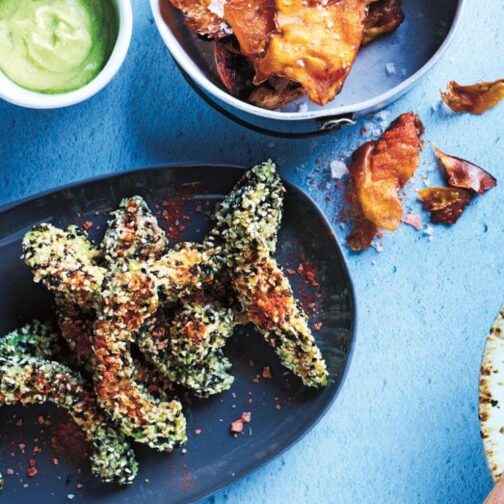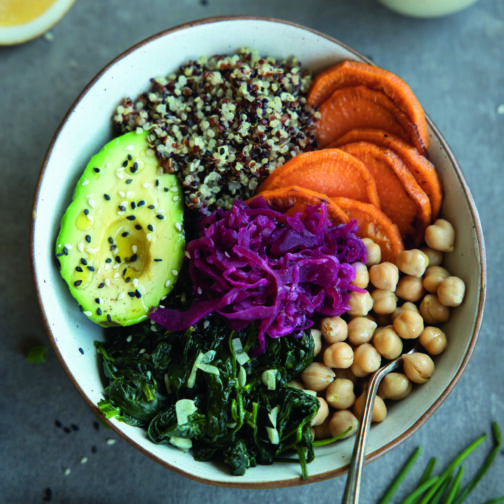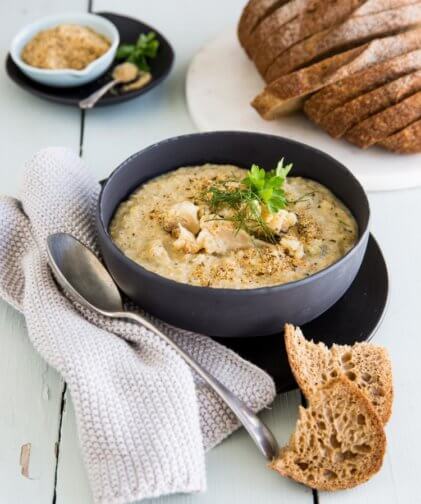
You may have mastered a decent downward dog, but have you opened up to some of the deeper teachings of yoga? Here’s how the practice of Ahimsa can work for you, both on and off the mat.
With one in ten Australians participating in yoga, classes today can range from the more traditional to those with disco lights and dance music, from stretch classes in retirement homes to kids’ sessions at schools – and, of course, a growing array of online classes. And, there is a reason it’s so popular with so many people. It’s because of how it makes us feel.
Opening up
Asana is the physical practice of yoga and generally where most people start, but it also goes much deeper than this. Of course, we want to lengthen our hamstrings, release our back pain, plus get stronger and more flexible. There is nothing wrong with this. Yet something else happens the more we roll out our mats, twist and bend ourselves, and breathe more consciously. The asana also works through layers beyond the physical and it seems to crack us open slowly – in a good way.
We become more sensitive and more open to experiencing our feelings, rather than wanting to run away from them. Yoga helps us learn how to sit with our feelings even when they are uncomfortable. Because, just like our physical experience on the mat, this is where the transformation happens. We begin to notice if we don’t feel good after spending time with certain people, or perhaps when we engage in certain activities, eat certain foods, or even think particular thoughts. This is when our asana practice, where we have gained flexibility, strength and presence, can be extended beyond our mats and used to help us act on these sensitivities and embrace change. Change is not always easy and not achieved overnight, but we can apply yogic teachings to navigate change with more gentleness towards ourselves.
Introducing Ahimsa
Asana is one of the eight limbs of yoga as described by Patanjali’s eight-fold path. The first limb, the yamas, are akin to ethical guidelines, or a moral code. And the yama I invite you to consider working with, whether you have an asana practice or not, is Ahimsa. Ahimsa means non-violence. ‘A’ is the Sanskrit word for ‘not’ and ‘himsa’ means ‘harm’, so non-harm is a close translation. This is a value held by many religions and people who aim to live ethically, yet if we look at the world today, there are many blind spots where we do not live by this intention. Yoga shines the light to those spots.
So, how can we practice Ahimsa off our mats? The most obvious way is to not hurt other human beings, whether by violence or by words, and this is as far as the universally accepted idea of “do unto others” normally goes. But yoga can help us feel the connection of all living beings – and Ahimsa addresses all of life, which is why many yogis are plant-based. As our sensitivities increase, we acknowledge the reality that all living beings feel, no matter what stories we’ve previously held in our minds.
To practise Ahimsa, we must face the uncomfortable question of whether we support the harming of animals for our diet and lifestyle. Even if we don’t kill the animals with our own hands, we too are harming other living beings if we support industries that do. Just like the companion animals we lovingly share our homes with, the animals people eat and wear are just as capable of feeling pain and suffering, as well as joy and love. They too are sentient beings. They too are included in the practice of Ahimsa.
Attuning from within
Of course, Ahimsa starts with ourselves, so a change in diet must be done responsibly to ensure we are nourishing ourselves with a healthy plant-based diet. We cannot simply stop eating animals and hope for the best. We must eat a wide variety of whole foods, while limiting unhealthy substances like refined sugar and processed products. Sometimes working with a health professional can be beneficial when changing your diet. But rest assured, many studies have confirmed not only is it possible to thrive on plants, but it also reduces the risk of many diseases and can even lengthen your life span!
As we practise the asana of yoga, healthier choices can become easier because we have become more in tune with ourselves and our bodies. And when we start our yoga practice from within, it can go much deeper than downward dog. You may notice you prefer how you feel when you eat a healthy plant-based diet. You may notice how good it feels to practise Ahimsa – being more compassionate to yourself, others, and to all living beings. And with this, we gift ourselves a sense of peace.
***
Everyday Ahimsa in action
|
Putting the philosophy of Ahimsa into action every day involves the practice of ‘non-harm’ to self and others through our deeds, words and thoughts.
|


























